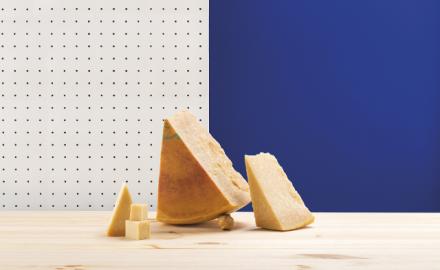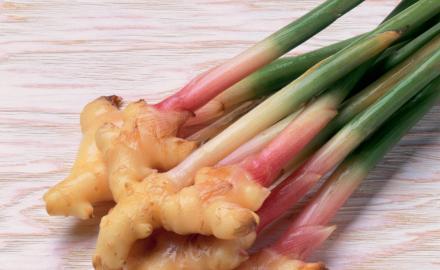Edible flowers
They bring colour and freshness to plates. Who? Edible flowers! Nasturtium, borage, poppy, zucchini or chive flower… Trendy, they are not simply decorative: their delicate flavours are very much appreciated by Chefs. Zoom on an exceptional ingredient which can be enjoyed in sweet and savoury dishes alike.
AN INCHE OF HISTORY
We have been growing flowers since the Antiquity for their ornamental and medicinal virtue but also for food. For centuries, edible flowers have brightened salads, perfumed infusions, liquors and syrups. Crystallised in sugar, their petals and buds were a very tasty delicacy. After fading towards the end of the 19th century, flower consumption became trendy again a few years ago. Pioneers of wild herbs cooking, French Chefs Marc Veyrat, Jean Sulpice and Michel Bras—who created the Young Vegetables Gargouillou, an extraordinary and colourful vegetable creation – were amongst the first Chefs to put the spotlight on edible flowers in their recipes. Nowadays, they are used in the entire world. For instance, in Copenhagen, Denmark, famous Noma Chef René Redzepi offers a Seasonal Flower Tart and serves bone marrow with primroses.
SAFFRON, ROSE AND VIOLET: THE CLASSICS
Nicknamed “red gold”, saffron is the most expensive spice in the world. Its light bitterness and its hay and smoky earth tones go perfectly with seafood and meat dishes. Saffron can also be enjoyed in a sweet version by bringing a delicate twist to crème brûlée or rice pudding. Queen of all flowers, rose is used a lot in cooking and pastry making. We get floral water from it as well as liquor, jam, wine, honey… French Chef Alain Ducasse associates it to strawberry in his Paris-Tokyo. French pastry Chef Pierre Hermé uses it as a seminal ingredient in his famous Ispahan of which the rose macaroon biscuit hides a rose petal, raspberry and litchi cream. Violet can be declined in multiple forms as well. Pierre Hermé honours it in his Émotion Envie, a dessert composed of a violet mascarpone cream. Its characteristically flowery taste perfectly pairs with apple or pear. On the savoury side, violet matches well with a duck recipe or a foie gras.
AN INFINITE ARRAY OF FLAVOURS FOR ORIGINAL PAIRINGS
Edible flowers are particularly enjoyable in salads. Borage is a safe bet with its beautiful blue petals with its iodised taste reminding of oysters. The taste of nasturtium with its sunlit colours reveals peppery notes comparable to watercress. When crystallised in vinegar, its buds make an excellent seasoning similarly to capers.
The male zucchini flower is eaten stuffed or in doughnuts—a speciality of the city of Nice in France. The marigold with its pretty yellow to dark red shading has a radish aftertaste. As for lavender, the grains are used to lift the flavour of roasted meats as well as in savoury dishes such as peach or apricot tarts for instance. Flowers can also be used as spices or seasonings: coriander or chive flower with a new onion flavour ideal with meats; sage flower lightly astringent; and Indian carnations and its citrus notes. Fresh and coloured, edible flowers allow for the realisation of beautiful composition and bring a touch of poetry to Chefs’ creations in the quest for naturality.


